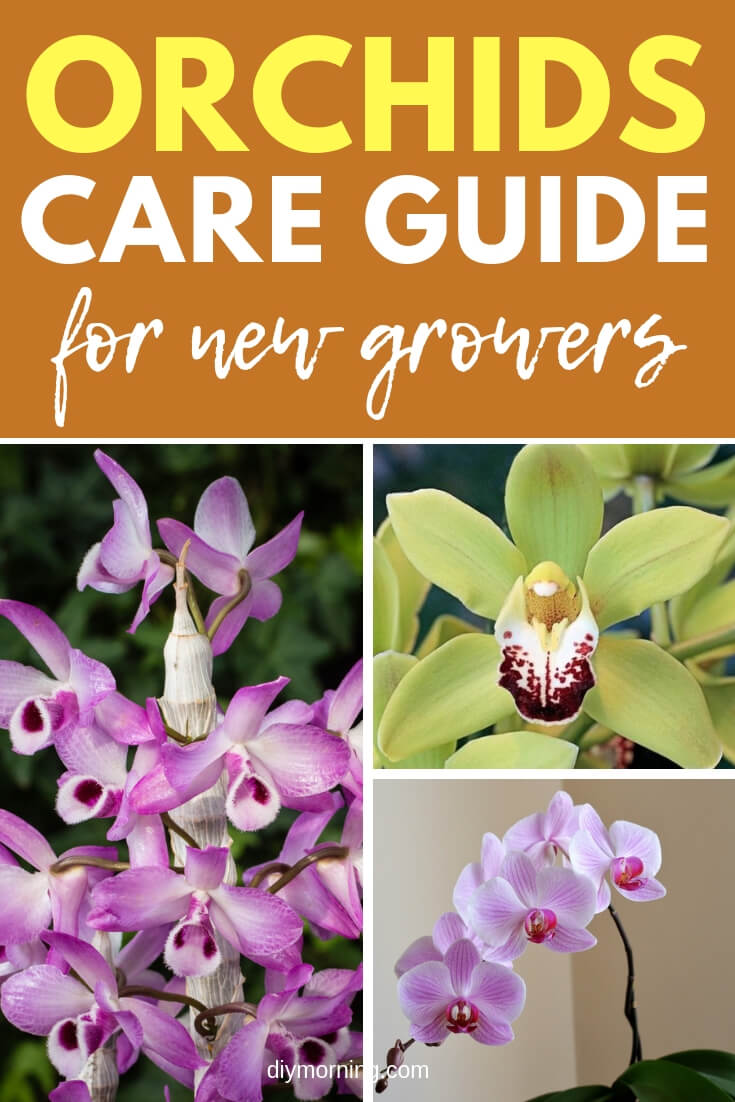Orchids Guide For New Growers
Many people love the look and smell of flowers but have a hard time growing them. They want to have a house, garden or lawn full of various blooms but don’t know the first thing about the ones they choose.
Several of the blooming flowers are temperamental and are very unforgiving when it comes to over or under watering them, too much sunlight or not enough food and humidity.
An Orchids guide can be helpful to someone is interested in this type of flower to grow a beautiful flowering plant that might last a long while if properly cared for.
Orchids Info
There are many different kinds of blooming flowers in this category of foliage and some are a bit hardier then others.
These are the ones that will tolerate someone new to the growing world of these beautiful flowers and their delicate yet regimented schedule of light and water in order for them to behave properly. There is also the issue of humidity that one must address when growing this type of blooming plant.
Lighting

These specific flowers are ‘slaves’ to the light. The amount of light they receive will greatly determine the size and shape of a bloom, if there is going to be a bloom at all.
Plants are famous for taking sunlight or any light they get and turning it into an energy source for reproduction and survival.
Blooms are the way a plant reproduces and these particular flowers seem to need just the right amount of light. Not too much light and not only a little bit of light but a ‘medium’ amount of light will help to coax a bloom from its long stems.
Humidity
In order to have nice, healthy foliage, all plants need humidity; however this particular type of plant needs a certain amount of humidity. Simply put, the humidity is the amount of water or moisture ‘hanging’ in the air.
The soil that surrounds the roots of a plant will also hold some humidity. When growing these types of blooms, there are a couple of things one can do to bring about the right amount of humidity for their optimum growth.
To create a microclimate for these blooms, try grouping them together in a big elevated tray. These types of flowering plants do need air circulation; therefore it is important that when grouping them together for the humidity effect, not to place them too close together.
In the trays, place several scoops of pebbles and enough water to cover the pebbles. The evaporation of the water around the plants will create a microclimate of humidity for them to bloom. However, do not allow the plant pots to touch the water because too much water will damage the delicate roots of these beautiful blooms.
Since these blooming plants thrive on the right amount of humidity in the air, another way to create a mini-humid climate for them is to mist the air around them.
Do this in the early morning and not in the afternoons or evenings when the cooler temperatures might lead to diseases and rotting. By misting the air around these delicate and temperamental flowers, it allows for the evaporation process to take place and create the amount of humidity in the air they need to spring forth a beautiful bloom.
Watering
Similar to a cactus, these blooming plants can retain water or use up enough from the humidity. The key to watering these beautiful plants is to do it sparingly and even then, not as much as one might think.
Be sure to thoroughly soak the plant without getting the blooms wet and then allow the soil to almost dry before watering it again. Once a week should be sufficient water, depending on their environment or the amount of humidity and the type of plant one is caring for.
Orchids Guide
An individual could find several of the Orchids guide booklets or articles online, at the library or their local florist shop. Everyone has a slightly different way of growing these particular blooming plants and one should find what works best for them and their environment.
Plants are similar to any living thing and some say they have their own ‘personality’ and will want various things in order to bloom for a person. This is the beauty of growing such a plant, finding out just what works.









